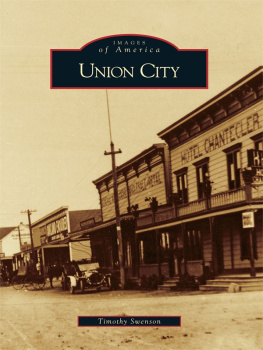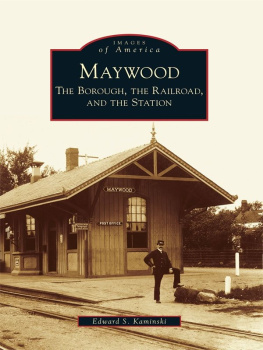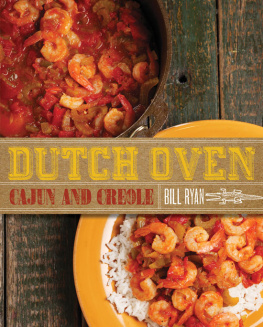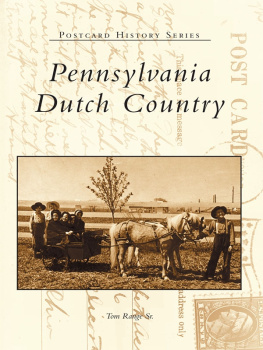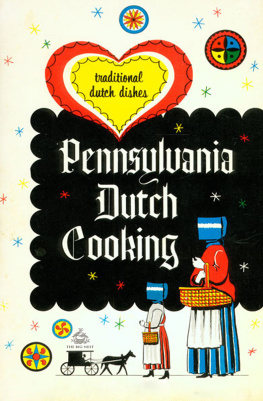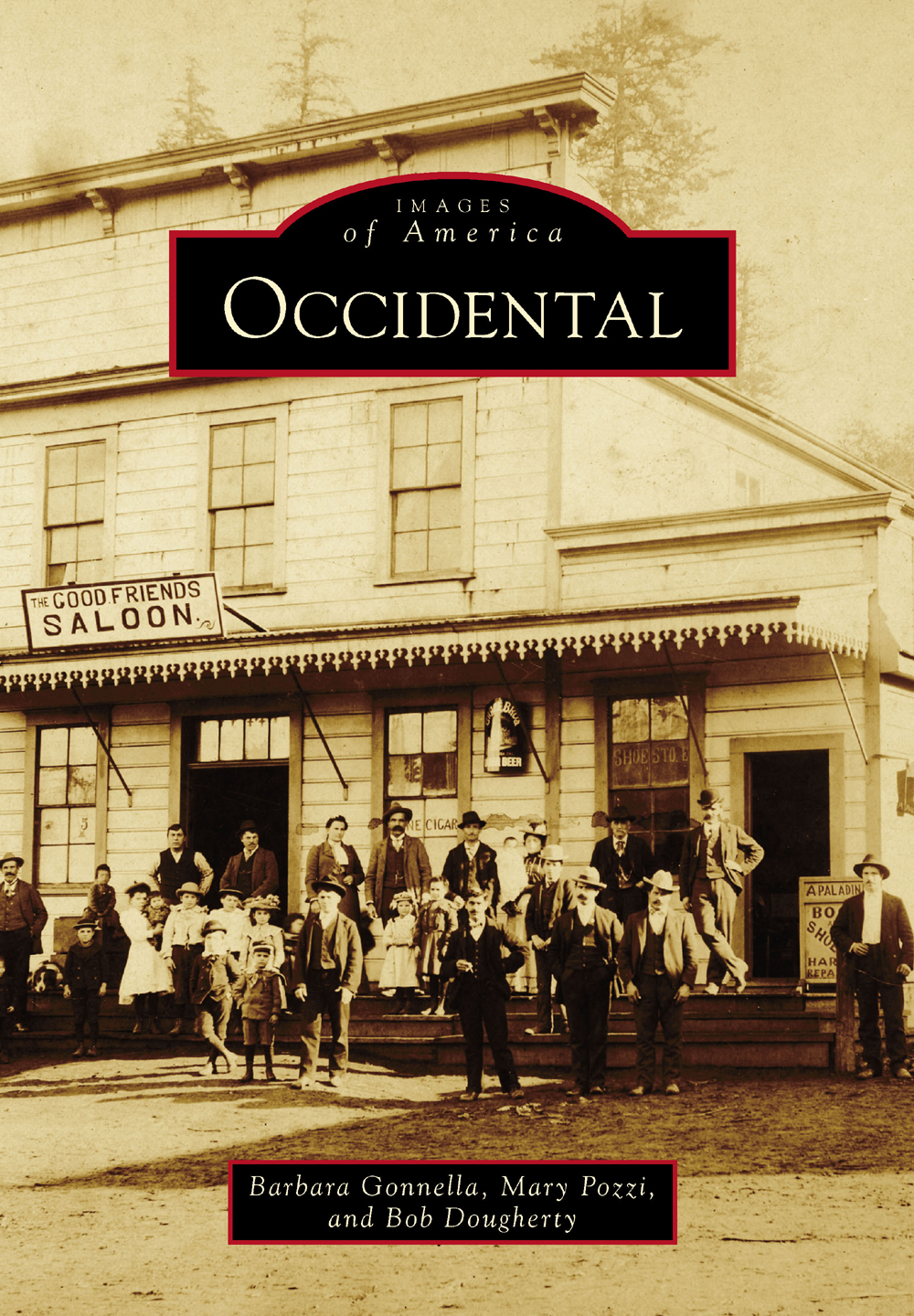
IMAGES
of America
OCCIDENTAL

OCCIDENTAL, 1898. This map is from an 1898 Reynolds and Proctor atlas showing the early town of Occidental. The image shows the Occidental, Coleman Valley, and Meeker School Districts and many of the landowners who helped shape the town. Landowners shown on the map include Meeker, Howard, Coleman, Proctor, Taylor, Hansen, Glynn, Bones, and Franceschi. (Courtesy Library of Congress.)
ON THE COVER: OCCIDENTAL, 1903. This photograph shows the Good Friends Saloon, sometimes referred by the local Italians as the Goodie Friends Saloon. Members of the Pozzi, Donati, Franceschi, Gonnella, Guidici, Morelli, and Paladini families are gathered in front of the saloon. Achille Paladini stands on the far right in front of his shoemakers shop. (Courtesy Frank and Barbara Gonnella family.)
IMAGES
of America
OCCIDENTAL
Barbara Gonnella, Mary Pozzi, and Bob Dougherty

Copyright 2020 by Barbara Gonnella, Mary Pozzi, and Bob Dougherty
ISBN 978-1-4671-0463-0
Ebook ISBN 978-1-4396-7052-1
Published by Arcadia Publishing
Charleston, South Carolina
Library of Congress Control Number: 2019949049
For all general information, please contact Arcadia Publishing:
Telephone 843-853-2070
Fax 843-853-0044
E-mail
For customer service and orders:
Toll-Free 1-888-313-2665
Visit us on the Internet at www.arcadiapublishing.com
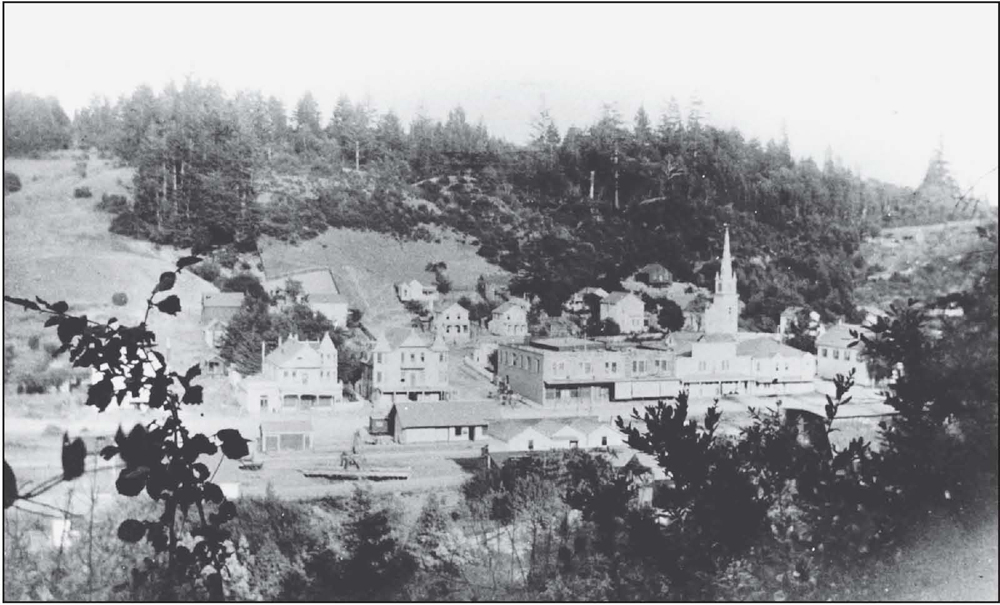
OCCIDENTAL, C. 1905. Since the inception of Occidental in 1876, the town has been affected by many catastrophic events, including family tragedies, the Great San Francisco Earthquake of 1906, and the fires of 1899, 1906, and 1924. But after each of these events, the town has always united to rebuild and strengthen its community. This photograph shows the town in about 1905, highlighted by the steeple of the Methodist Episcopal Church, the oldest building in Occidental. (Courtesy Harold Lapham.)
CONTENTS
ACKNOWLEDGMENTS
The authors would like to thank the following historians, local families, and other contributors for helping make this book possible: Harold Lapham, Gaye LeBaron, Eleanor Travaglini, Beverly Stumbaugh, Bob and Lavon Sturgeon, Jay Meyer, St. Dorothys Rest, Westminster Woods, Alliance Redwoods, Catholic Charities Catholic Youth Organization Camp, Eric Koenigshofer, Nick Gravenites, Mickey and Caryl Hart, Gienna Michel Gonnella, Frank Gonnella, Lucille Gonnella, Caren Normandin, the John Calvi family, Harvey Henningsen, Sylvia Fisher, Dennis Morelli, George Fiori, Evelyn Negri, Sandy Negri, Amanda Negri, Bob Panizzera, June Rossini, Barbara Rossini, Aliza Wheeler, Jessica Wheeler, Tami Fiori Mesenbrink, Nancy Facendini, Joe Lunardi, Linda Marra, Dawna Mirante, Sonoma County History and Genealogy Library, Judith Draft, L.W. Proctor Collection, Teres Pozzi Santos, Jude Pozzi Mercieca, Eileen Pozzi Jensen, Yvonne Thompson, Jocelyn Gardner, the Priest family, John Gonnella, Jack Journey, Occidental Volunteer Fire Department, Cathie Lunardi, Dan Pozzi, Maribell Pozzi, Greg Browder, Kevin Illia, Karen Redmond Webber, Walt Fitzpatrick Ryan, Patty Maloney Blake, Jim Maloney, Susan Brunson, Brook O Conner, Nancy Kelly Wheeler, Annie Neustadter Harvey, Julie Neustadter, Bob Maddocks, Elizabeth Morelli Perry, Brad Respini, Rick Garcia, and Carolyn Douglas.
INTRODUCTION
Occidental is a small, unincorporated town in Sonoma County, California, about 60 miles north of San Francisco and 10 miles east of the Pacific Ocean. The town is located on a saddle that divides two watershedsthe Salmon Creek watershed and Dutch Bill Creek watershed. This book will cover both the town of Occidental and some of the surrounding unincorporated areas nearby bounded by Monte Rio to the northwest and Freestone to the southeast. It will not cover the community of Camp Meeker north of Occidental, which is deserving of a separate account of its own rich history. Like ancient Rome, all nearby roads seem to lead to the town of OccidentalGraton Road, Occidental Road, Coleman Valley Road, Bittner Road, and the Bohemian Highway running through the center of town.
Occidental has cool, wet winters and warm, dry summers. The towns elevation is 594 feet, which is high enough to prevent the flooding that commonly occurs in other areas near the Russian River. The population of Occidental was 1,115 in the 2010 census, but this number belies the many thousands of visitors each year who come to enjoy the natural beauty or dine in its famous Italian restaurants.
Until 1876, the town had no definitive name. The first railroad men called it Summit because Occidental was the highest point on the railroad. Others called it Howards, after William Dutch Bill Howard, who owned most of the town and required that the train depot be named after him in exchange for right-of-way access. Lumber baron Melvin Cyrus Meeker in his 1880 biography claimed that he was the one who named it Occidental. Although Meeker may have popularized the name, the nearby Occidental School District existed in 1864 before Meeker lived in the area, so there was already a precedent for the name. The reason for the school district being called Occidental, which can just mean western, may have been because it was located in the western part of Sonoma County. Perhaps a rivalry between Meeker and Howard compelled Meeker to call the town anything other than Howards, and trying to call the town Meeker at the time may have appeared egotistical. But Meeker would soon have a community named after him, Camp Meeker, a mile north of Occidental. Although letters from the time reveal that the old-timers continued to use the names Summit and Howards, the town seemed destined to accept the name Occidental after the post office used the name in 1876. An early newspaper reference to the name was on December 29, 1876, in a letter to the Petaluma Weekly Argus saying that, with the businesses, railroad, and now post office there, Occidental may now be considered a town.
This book will cover Occidental from its earliest beginnings to the current day, although the concentration will be on its first 50 years, approximately 1875 to 1925. These were the formative years of the town, and the current town is still greatly influenced by the early settlers and events of this era. Occidental during these years drew opportunists from many countries searching for a better life. Opportunities for many of them did occur, but their workdays were often long and difficult. By necessity, these early settlers acquired diverse skills as the seasons and times changed, including farming, dairying, and logging. The arrival of the railroad in 1876 allowed lumber, charcoal, dairy, and agricultural products to be quickly transported to San Francisco, and in return, goods from San Francisco were transported back to Occidental. Along with these goods came visitors, including campers and other recreationists, often vacationing in what they considered wilderness. By the 1920s, a large number of Italians had settled in the area and opened competing restaurants. By 1930, most of the commercial lumber industry had ended because of wildfires and unsustainable tree harvesting, and the Great Depression paralyzed the country for the next decade. The year 1930 was also when the last passenger and freight trains left Occidental; America had already begun her love affair with the automobile.
Next page

